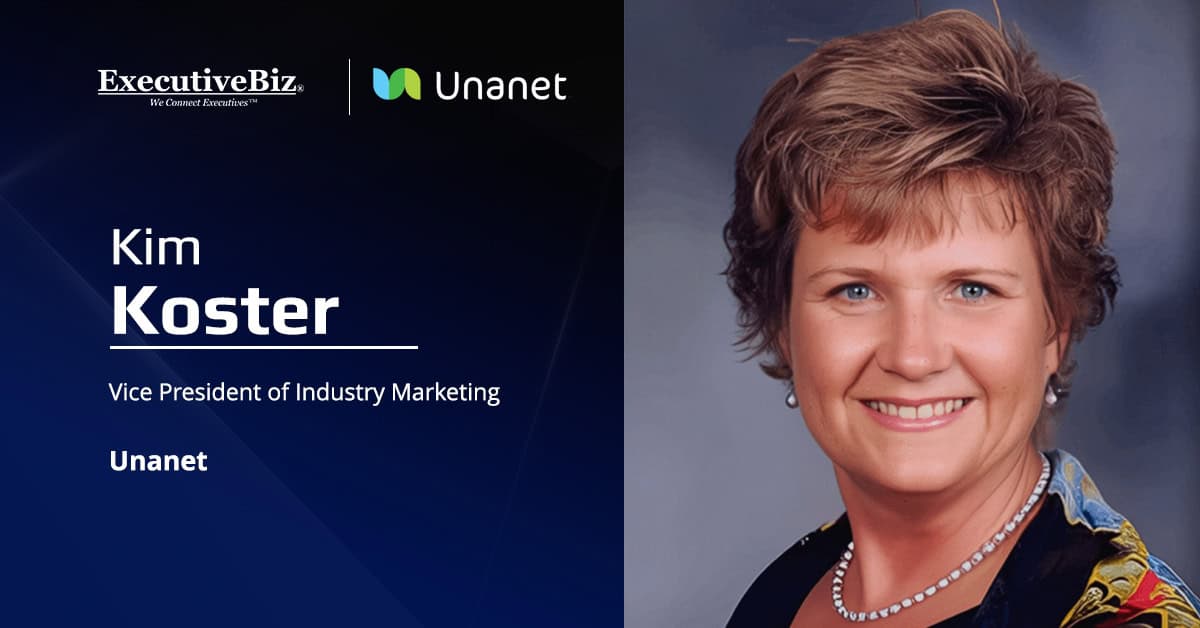Last month, Unanet and CohnReznick released the 2025 GAUGE Report, the industry’s yearly benchmark study that tracks how government contractors are tackling growth, efficiency and compliance challenges. This year’s report takes on the theme of “The Big Use” — utilization — with a close look at how contractors manage resources and organize project management.
In an interview with ExecutiveBiz, Kim Koster, vice president of industry marketing at Unanet and one of Executive Mosaic’s esteemed GovCon Experts, said utilization was chosen as the focus because it has consistently been the top challenge contractors identify.
“For four years in a row, resource management has topped the list of project management challenges,” Koster said. “What surprised us is that even as firms reported maturity in this area, many were still using spreadsheets. This year we saw, for the first time, a real decline in spreadsheet use and an increase in automation, which is a huge step forward for the industry.”
According to the report, spreadsheet use for labor forecasting fell from 72 percent in 2024 to 58 percent in 2025. “That shift tells us GovCons are embracing more modern tools,” Koster added. “Excel may still be a tool in the toolkit, but automation is clearly taking hold.”
PMO Growth and Maturity
Another headline finding from the GAUGE Report is the growing prevalence of project management offices. Centralized PMOs rose from 49 percent in 2024 to 56 percent in 2025, reversing several years of fluctuations.
“We’ve been tracking PMO maturity since 2018, and while there have been ups and downs, the long-term trend is clear: more firms are centralizing,” Koster said. “There are tons of benefits across the board with a PMO. From proposals all the way through closeout, the rigor and structure make a measurable difference.”
The report also showed that firms with PMOs are more optimistic about growth. “Eighty-one percent of firms with a PMO anticipate growth, compared to just 68 percent of those without one,” Koster noted. “That’s a big gap. Having a PMO not only drives efficiency and compliance, but it creates a training ground for project managers. It sets firms up for long-term success.”
AI Adoption Gains Traction
Artificial intelligence is another area where contractors are making strides. The GAUGE Report found that 54 percent of firms are now using AI in some capacity, with the sharpest growth among those implementing policies and procedures.
“We saw a doubling of firms using AI with enterprise-wide policies, from 12 percent to 24 percent,” Koster said. “That’s a major sign of maturity. GovCons are starting to take AI seriously as part of their business operations.”
The leading applications of AI include content generation and data analysis, while finance and accounting remain more cautious.
“Generative AI has been a game-changer for proposal development,” Koster explained. “Firms can analyze past proposals, generate first drafts and really accelerate the business development process. Finance and accounting are slower to adopt because of the precision required, but we’re seeing interest grow there too.”
The GAUGE team is also publishing a dedicated AI supplement later this year. “We decided to create an entire add-on around AI because the demand for insights in this area is so high,” Koster said.
Three Takeaways for GovCons
Koster outlined three key lessons from the 2025 GAUGE Report that contractors should keep in mind as they plan for the future:
- “Invest in utilization and resource planning. Firms with mature resource management report far fewer business development challenges.”
- “Leverage automation to reduce indirect costs. Business development has now taken the number two spot in terms of indirect costs, so bringing that down through tools and AI is critical.”
- “Build a PMO. Time and again the data shows that PMOs improve compliance, project management, resource management and growth. If you don’t have one, you’re at a disadvantage.”
Risks Contractors Overlook
Even as the report highlights areas of progress, Koster warned that many GovCons risk falling behind by failing to pivot.
“It’s not business as usual anymore,” she said. “Some firms have been lulled into expecting steady growth and stability, but that’s not the reality. They need to plan for other agencies, other types of contracts and other revenue sources.”
She added that smaller firms are especially vulnerable. “Only about 30 percent of SMBs have a PMO, compared to 80 percent of larger contractors,” Koster explained. “Smaller firms are more reliant on spreadsheets, slower to adopt AI and more exposed to contract delays and cashflow disruptions. Without investing in structure and automation, they’re going to struggle to compete.”
Finding New Business
Ultimately, Koster said the report underscores the urgency of building efficiency and pursuing new opportunities.
“One of the big themes this year is just how competitive the landscape has become,” she said. “Firms told us they’re struggling to win new contracts. That means they need to get smarter — use market intelligence, use automation, go to events, explore new products. There are so many ways to improve win rates if you’re willing to invest.”
Her advice to the industry is simple: “Get a PMO, focus on utilization and don’t stop looking for new business. The firms that pivot and adopt smarter tools now are the ones that will thrive.”





